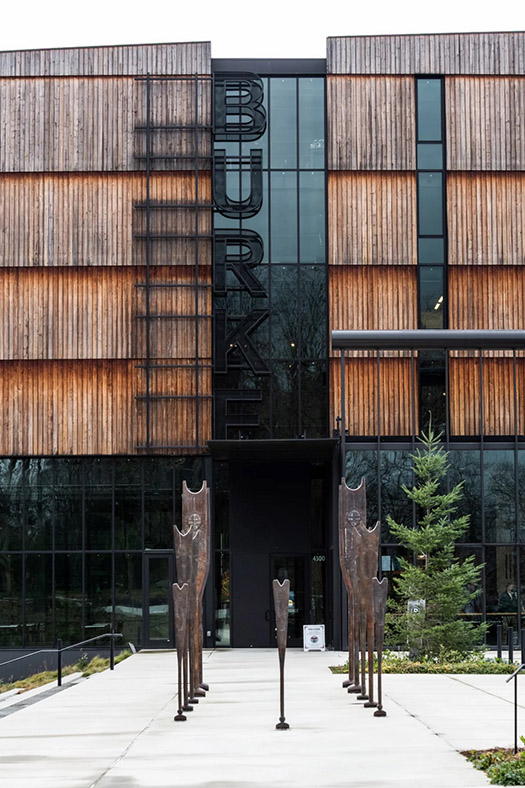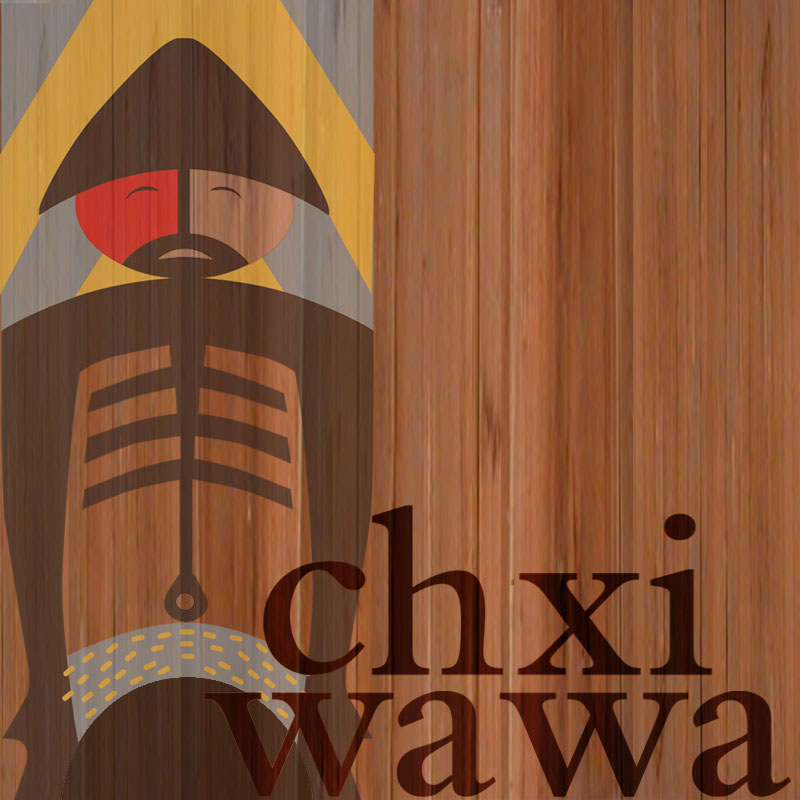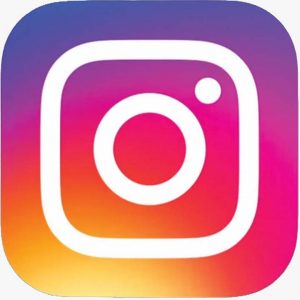By Sophie Grossman | Photography by Chona Kasinger | Seattle Met | March 18, 2022
In The Public Eye: A Look at Seattle Through Art Installations
(the following is an excerpt from an article in Seattle Met)
As we return to public spaces, having lived through two years of isolation, we can see them with new clarity.
Navigating public spaces these past two years has felt a lot like being trapped in a labyrinth; just when you seem to be gaining momentum, a dead end. Just when you feel the path has grown predictable, manageable, it curves or doubles over on itself in some unforeseen way.
As we trickle back into the world, in fits and starts, it’s worth reflecting on what has changed—and who defines these places we occupy together. A new guard of public art installations, including an actual labyrinth, has appeared, perhaps without our even noticing. And once-familiar sights, like Rachel the Piggy Bank and her placid smile of greeting, feel more like faded memories of an old life, recognizable landmarks in an unrecognizable world. The strand that links them all together is a desire to preserve and commune with the past in service of reimagining our future.

Guests from the Great River
ArtsWA, in partnership with UW, commissioned artists Tony A. (naschio) Johnson and Adam McIsaac for Guests from the Great River in 2018. Johnson, a member of the Chinook Indian Nation, has studied the artistic traditions of his ancestors for decades. He and McIsaac sculpted and carved 11 larger-than-life canoe paddles out of wood before casting them in bronze and erecting them outside the Burke’s east entrance. “The life that you live in the canoe is rich in teaching,” says Johnson’s artist statement. The salute signified by the raised canoe paddle is “full of meaning,” a gesture of respect and acknowledgment that goes far beyond a simple greeting.








